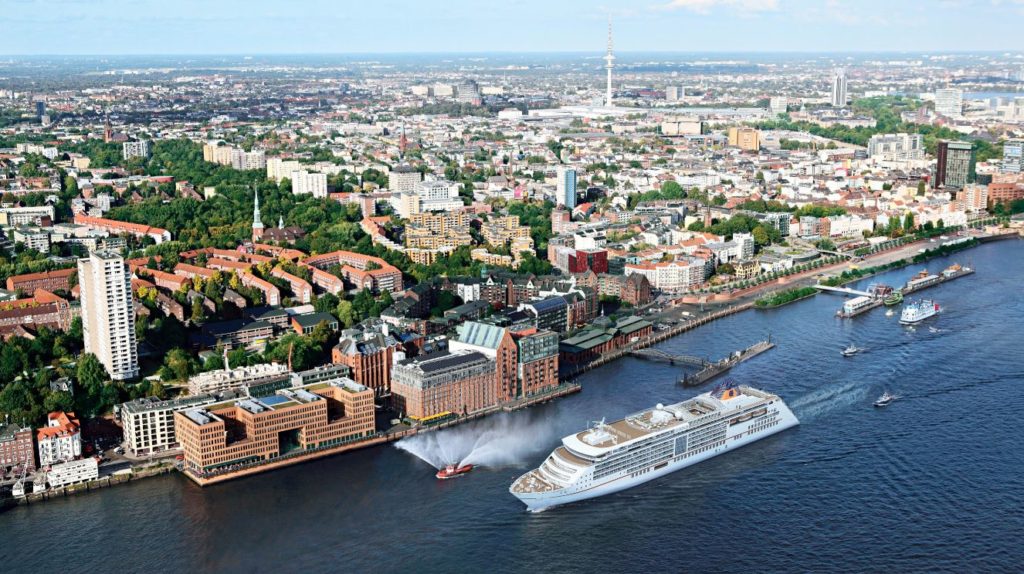The EUROPA 2 has had its cold ironing connection certified by the classification society DNV GL. This certification is the result of testing its undisrupted use and compatibility of cold ironing.

The EUROPA 2 has been successfully using cold ironing at the Cruise Center Altona in Hamburg for the past 30 days. This is the first time a cruise ship has been using cold ironing for a long period of time.
By using cold ironing the ship was able to save a total of 600 tons of carbon dioxide. All new ships in the Hapag-Lloyd Cruises fleet are equipped for cold ironing.
The luxury vessel requires 2.2 megawatts of power per hour during its lay time. This reduces the ship’s emissions to practically zero. The electricity used is being supplied by Hamburg Energie and comes from 100% renewable resources, which means that the operation of the EUROPA 2 in the port is practically climate-neutral.
“We are glad that we have been able to make such valuable use of this forced break by driving forward cold ironing and the certification of the EUROPA 2. The fact that a cruise ship has used cold ironing over a long period of time in Hamburg is an important and unprecedented experience,” says Karl J. Pojer, CEO of Hapag-Lloyd Cruises.
The successful use of cold ironing is another important part of Hapag-Lloyd’s environmental strategy. The company uses marine gas oil with a low 0.1% sulphur content in the whole fleet, all over the world, thereby going beyond the legal requirements.
By using the low-pollutant fuel marine gas oil the sulphur emissions of the Hapag-Lloyd Cruises fleet will be cut by 80%. The switch to marine gas oil also means a reduction in soot and particulates of up to 30%.
In addition to using the low-polluting fuel, all routes are carefully planned with an environmentally efficient average speed. By not pushing the vessels to go as fast as possible, the ships’ consumption is reduced by 30% which also lowers the emissions.